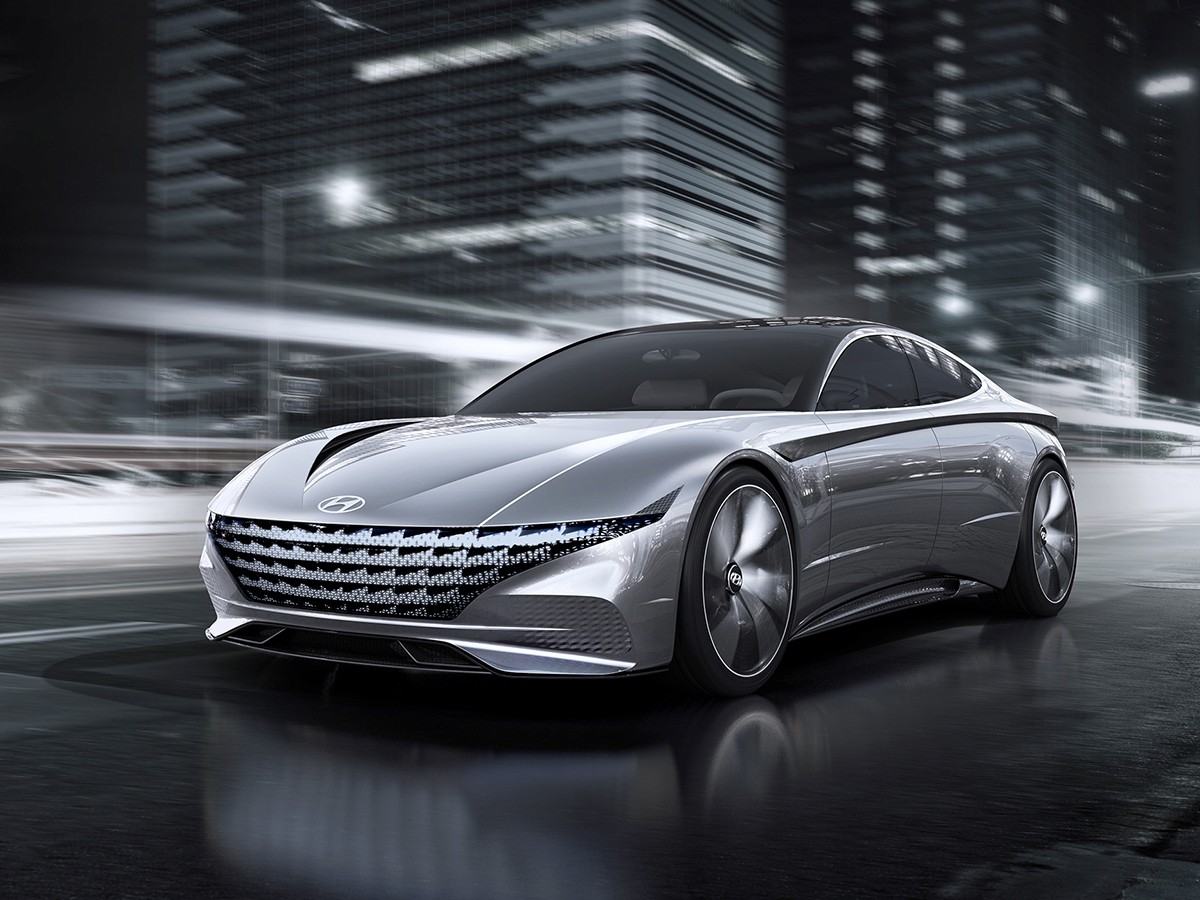Hyundai, a global automotive powerhouse, has continually evolved its design philosophy to meet the dynamic demands of the market while setting trends in the automotive industry. This article delves into the latest trends in Hyundai car design, examining how innovation, technology, and consumer preferences shape their vehicles.
Evolution of Hyundai Design Philosophy
Hyundai’s design philosophy has undergone significant transformation over the years, reflecting broader shifts in automotive aesthetics and functionality. Initially focusing on reliability and affordability, Hyundai has embraced a more design-centric approach, influenced by global trends and consumer expectations.
From Functionality to Aesthetics: Shifting Priorities
In the early years, Hyundai prioritized functionality and value, offering reliable vehicles at competitive prices. However, as consumer preferences evolved towards aesthetics and premium features, Hyundai adapted its design philosophy accordingly.
Fluidic Sculpture to Sensuous Sportiness
Hyundai introduced its Fluidic Sculpture design philosophy in the 2010s, characterized by fluid lines and dynamic shapes. This approach aimed to create vehicles that were visually striking and aerodynamically efficient. More recently, Hyundai has transitioned to the Sensuous Sportiness design language, focusing on emotional appeal and a sporty aesthetic.
Integration of Technology and Innovation
Modern Hyundai cars are not just about looks; they also integrate cutting-edge technology and innovative features that enhance performance, safety, and comfort.
Advanced Driver Assistance Systems (ADAS)
Hyundai has been at the forefront of integrating ADAS into its vehicles, including features such as adaptive cruise control, lane-keeping assist, and autonomous emergency braking. These technologies not only improve safety but also set Hyundai apart in terms of innovation.
Also Read : Innovative Approaches in Hyundai Car Design
Eco-Friendly Design: Embracing Sustainability
In response to global environmental concerns, Hyundai has developed eco-friendly designs, including hybrid and electric vehicles. Models like the Hyundai Kona Electric showcase the brand’s commitment to sustainability without compromising on performance or style.
Design Influences and Inspirations
Hyundai’s design decisions are influenced by a variety of factors, from global design trends to cultural inspirations and consumer feedback.
Global Design Trends
Hyundai closely monitors global design trends to ensure its vehicles appeal to a diverse international audience. This includes incorporating elements that resonate with different cultural preferences and lifestyles.
Consumer-Centric Approach
Consumer feedback plays a crucial role in shaping Hyundai’s design philosophy. The brand conducts extensive research to understand consumer preferences and incorporates these insights into its vehicle designs.
Case Studies: Iconic Hyundai Designs
Examining specific models can provide insights into how Hyundai applies its design philosophy to create standout vehicles in various segments.
Hyundai Sonata
The Hyundai Sonata exemplifies Hyundai’s commitment to sleek design and innovative features. Through its evolution, from the Fluidic Sculpture era to Sensuous Sportiness, the Sonata has consistently pushed boundaries in midsize sedan design.
Hyundai Tucson
The Hyundai Tucson has evolved from a practical SUV to a stylish and technologically advanced crossover. Its bold exterior design and premium interior features showcase Hyundai’s ability to blend aesthetics with functionality.
Future Directions in Hyundai Design
Looking ahead, Hyundai is poised to continue innovating and setting trends in automotive design, driven by technological advancements and evolving consumer expectations.
Embrace of Electric Vehicles (EVs)
Hyundai’s future design efforts will increasingly focus on electric vehicles, with plans to expand its lineup of eco-friendly models. This shift reflects a broader industry trend towards sustainable mobility solutions.
Digital Integration and Connectivity
As cars become more connected, Hyundai aims to integrate advanced digital interfaces and infotainment systems seamlessly into its vehicle designs. This includes features such as voice recognition, augmented reality displays, and enhanced connectivity options.
Conclusion
Hyundai’s journey through automotive design showcases a commitment to innovation, sustainability, and consumer-centricity. By embracing global trends and leveraging cutting-edge technology, Hyundai continues to redefine automotive design standards. Whether through sleek sedans, versatile SUVs, or eco-friendly electric vehicles, Hyundai’s designs reflect the evolving aspirations of modern drivers worldwide.
- Hyundai’s design evolution from functionality to aesthetics
- Integration of technology such as ADAS and eco-friendly designs
- Influences on Hyundai’s design philosophy: global trends and consumer feedback
- Case studies of iconic Hyundai models: Sonata and Tucson
- Future directions focusing on electric vehicles and digital integration
(source)
Originally posted 2024-07-16 07:16:36.
